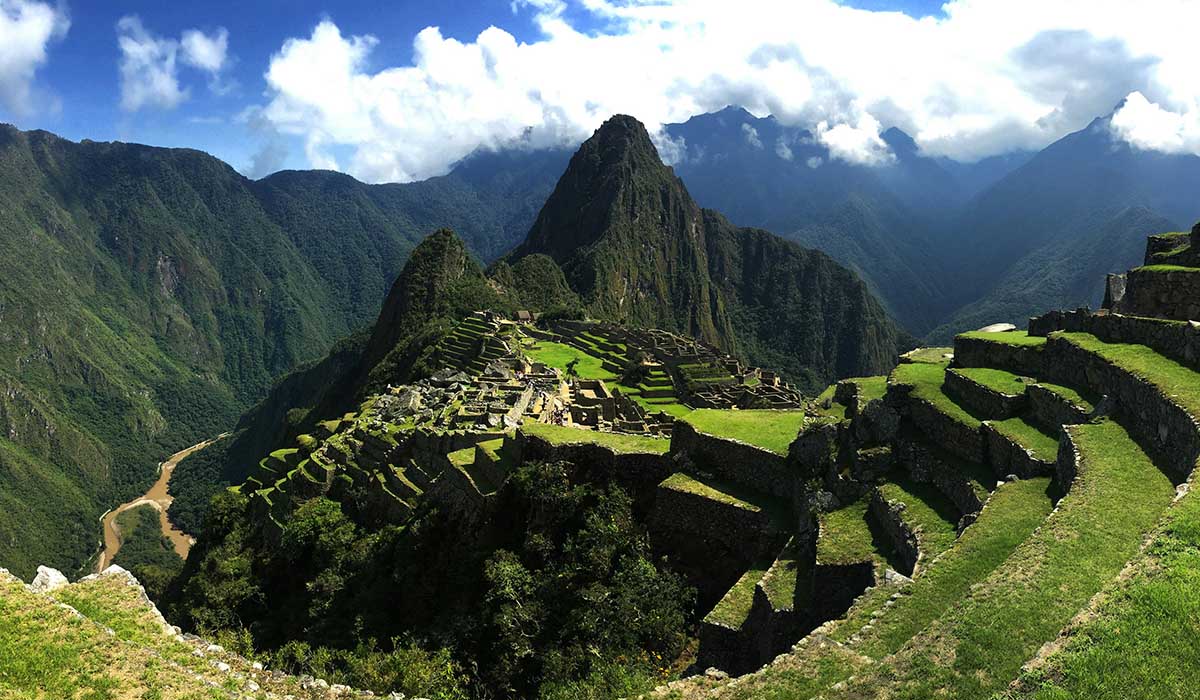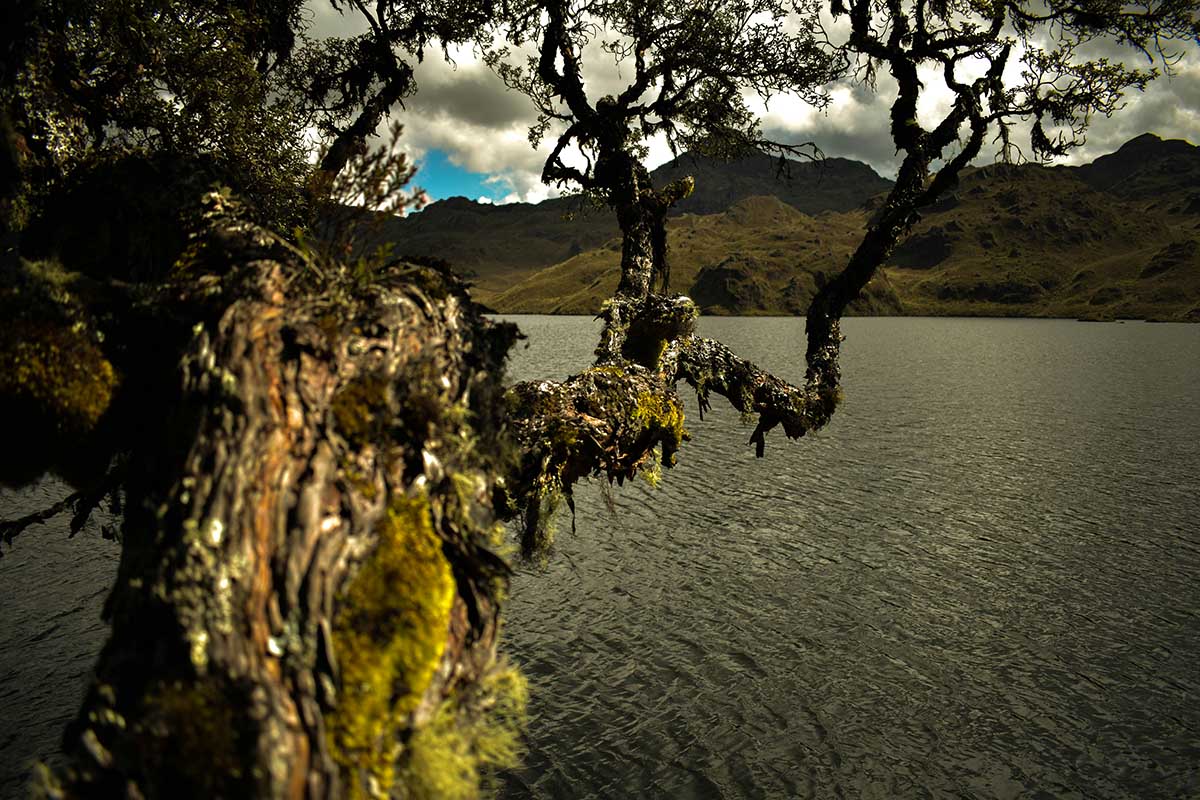
Returning water to Andean communities—the traditional way
25 of June of 2024
From the moment you start your ascent up the towering mountains of the Andes, you’ll notice how much harder it is to breathe. Reaching ever-higher altitudes, it’s as though the air can no longer get into your lungs, and you’ll need to take big gulps of air to go on. If you can withstand it, and keep climbing, you’ll also begin to notice the shifting landscape: the flora begins to thin out, getting shorter in stature, and there’s a distinct lack of fauna.
But as always, there’s an exception: the polylepis forests show no signs of struggle. This species of tree found in the Andes can survive at dizzying heights of 5000 meters above sea level. The forests work like a sponge, trapping the rain and groundwater, making them an essential life-giving element for the ecosystems and communities living in the mountain range.
In recent decades, deforestation has destroyed an incredibly high percentage of the polylepis forests growing in the region’s mountains, from Colombia and Venezuela to Chile and Argentina. Peruvian conservationist Constantine Aucca has been on a mission to put the brakes on this unstoppable loss, returning the forests that guarantee access to water back to local communities. How? He looked back in time for solutions, to the oldest traditions of his land: those of the Incas.
An Andean plan
Anyone used to the lower latitudes may struggle to navigate these high mountain lands, but Constantine Aucca is nothing but deft. His grandparents, indigenous Quechua farmers, instilled in him a love and respect for his land. Then some 30 years ago, as a biology student in Cuzco carrying out field research, he made a discovery: restoring the ecosystems could be the solution to protecting the forests of South America—and the livelihoods of communities.
The conservationist founded the Association of Andean Ecosystems (ECOAN) over two decades ago, aiming to mobilize local communities in the Andes mountain ranges to plant native trees. Trees with the power to return moisture and carry water to drought-ravaged areas. ECOAN is one of the main drivers of Acción Andina, an initiative seeking to replicate the work throughout the entire mountain range, from Venezuela to Argentina.
Planting polylepis in previously deforested and degraded areas promotes what’s known as ecosystem restoration. The benefits abound in the Andean forests; from promoting water security to preventing soil erosion and flooding. And this means that the indigenous communities can carry out agricultural work and keep their lifestyle and traditions alive.
Social-based solutions: Inca style
The Aucca project is based on four key principles. First, that only native plants should be used to restore ecosystems. Second, that reforestation must be carried out on communal land, never private land. The third is very much linked to this social ethos: projects should be led by the very people who work the land. The communities themselves carry out the work—and also reap the rewards.
The concept takes its inspiration from the ways of working in Inca civilization. As the Incas expanded through the western edge of South America in the seventeenth and eighteenth centuries, their development was based on agriculture. They designed solutions from cultivation terraces to exploit the slopes, to complex irrigation systems enabling them to grow corn, cotton, tobacco and potatoes, among a number of other things.

The traces of these cultivation terraces still remain in Machu Picchu, Peru. Fabian Moliné (Unsplash)
Their work had a collective ethos, and was also based on two ideas that largely determined the life of the Quechua people: ayni and minka. The term ayni refers to reciprocity; that all people in a community are connected. They helped one another, knowing that such help would be returned to them in the future. An ancient equivalent of the modern ‘you scratch my back, and I’ll scratch yours’.
Minka, meanwhile, refers to collaboration to the benefit of the whole community. In the past, families in Inca communities would all get involved in building shared infrastructures like irrigation channels or defensive strongholds. This philosophy is still alive and well in many Andean communities. A high value is placed on community and voluntary work; the very basis of the Aucca project.
This brings us to the last of the four main principles governing the foundations of ECOAN and Acción Andina: achieving sustainability and ensuring access to water is the key aim of polylepis planting. Organizations also advise communities on securing ownership of their land, offering legal protection against potential exploitation by timber, mining and oil companies.
Breathing new life into forests
Thanks to the ECOAN project, more than three million trees have been planted and more than 3,000 hectares of land has been restored—in Peru alone. In turn, Acción Andina has mobilized more than 200 local communities, continent wide, to plant more than six-and-a-half million trees spanning from Venezuela to Argentina.

Polylepis tree in Cajas National Park (Ecuador), at an altitude of over 4400 meters. Irina Inga (Unsplash)
The organization aims to protect and restore more than one million hectares of polylepis forests by 2030. Trees growing at thousands of meters above sea level. Trees rooted in the foundations of an agriculture and collaboration-based lifestyle that has existed for hundreds of years.





There are no comments yet